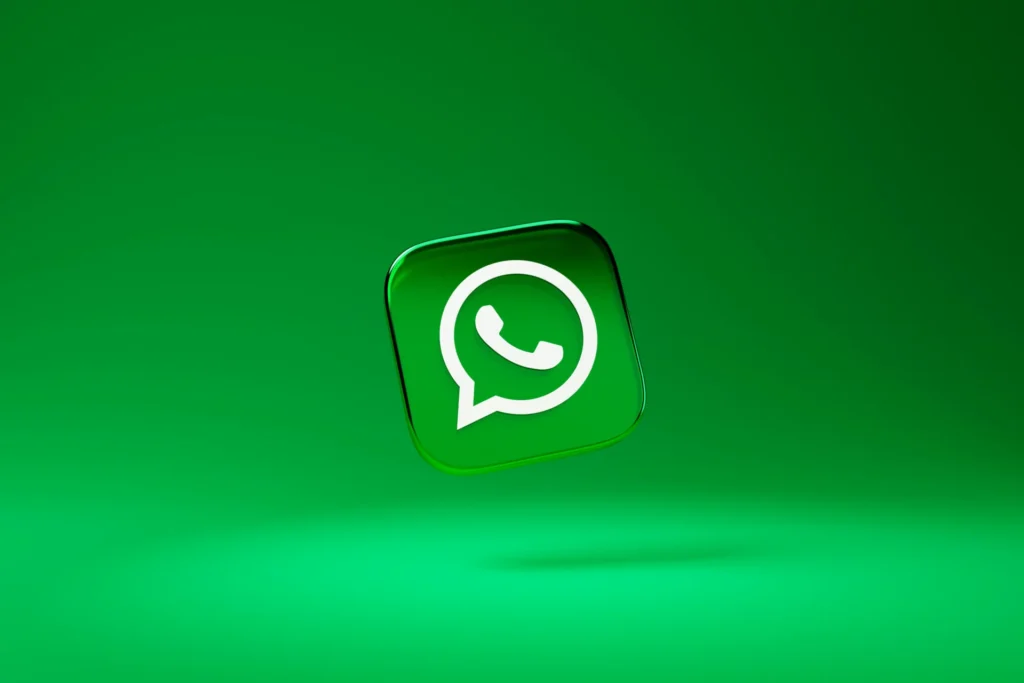Meta has begun a global rollout of new advertising tools on WhatsApp, introducing features that promise to avoid disrupting private chats. The company will not place ads inside users’ message inboxes or use encrypted conversations to shape the advertisements they see.
Instead, WhatsApp ad changes rely on public user data like city, country, language, and behavior with existing channels and ads. Users who connect WhatsApp to Facebook or Instagram will receive more personalized ads based on Meta’s broader ecosystem data collection.
These new ad formats will appear in a redesigned “Updates” section at the bottom of the app, away from private message areas. Businesses can now promote their channels through paid ads in this section, helping them attract new followers and grow audiences.
Some companies will charge subscriptions for exclusive content, and WhatsApp plans to take a 10% commission from this eventually. Depending on the size of the business and the platform used for transactions, additional app store fees could also apply.
Another new ad format will appear in status updates—similar to Instagram stories—and allow viewers to initiate a chat by clicking. Social media consultant Matt Navarra stated that Meta is preparing WhatsApp to become a revenue-generating platform at scale.
However, he warned that monetizing WhatsApp’s periphery without compromising user experience might prove difficult in Western markets. Navarra said WhatsApp users in the UK and Europe prefer clean messaging apps and may resist Facebook-style ad integrations.
He added that any signs of WhatsApp becoming “noisy” could trigger a backlash, especially among users wary of intrusive content. Head of WhatsApp Will Cathcart called the move a “natural extension” and said the updates reflect trends seen on Snapchat and Telegram.
Cathcart emphasized that people using WhatsApp solely for messaging will not be forced to view ads or follow channels. He acknowledged the Updates tab isn’t widely popular in the UK but remains optimistic about long-term adoption based on user feedback.
The company previously faced criticism for making its Meta AI button permanent, alongside other unremovable elements like channels and calls. Cathcart argued that limiting excessive settings helps avoid clutter despite concerns about user control and customization preferences.











